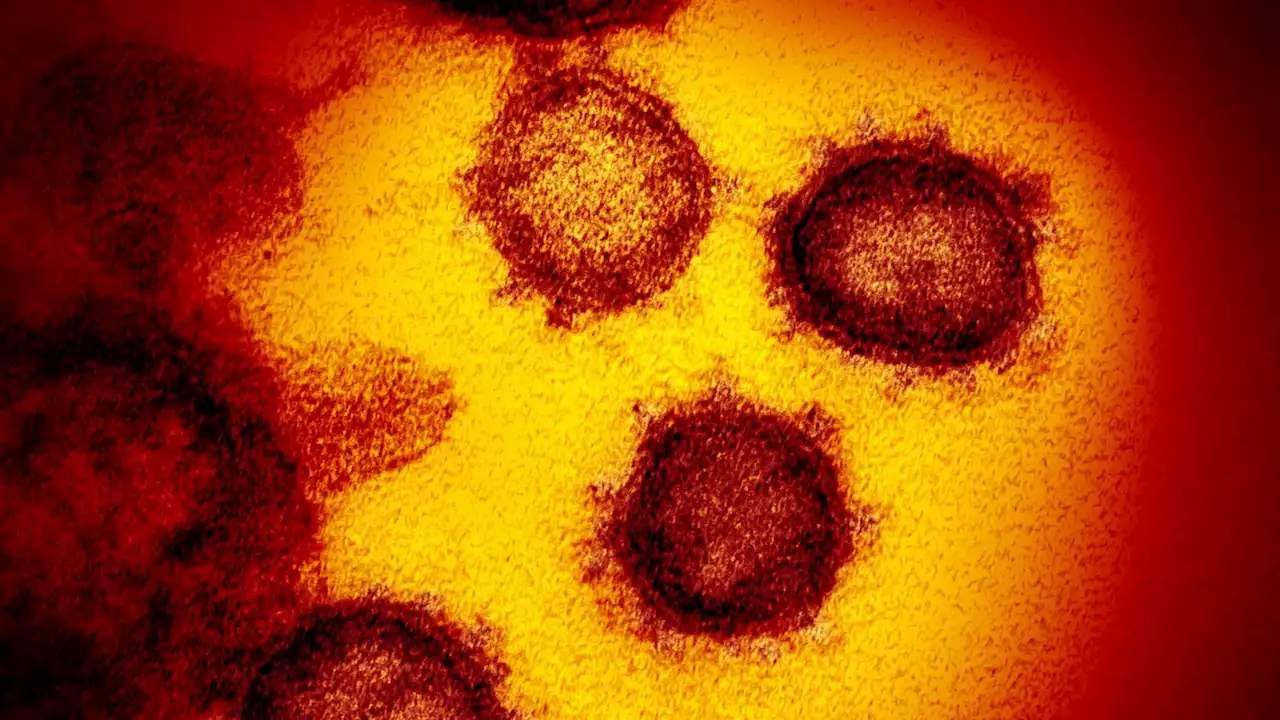Study reveals how Duchenne musculardystrophy causes heart rhythm problems elife elife
for the benefit of readers; feedback on the manuscript for the authors, including requests for revisions, shown below. We also include an acceptance summary that explains what the editors found interesting or important about the work.Thank you for submitting your article"SNTA1 GeneRescues Ion Channel Function in Cardiomyocytes Derived from Induced Pluripotent Stem Cells Reprogrammed from Muscular Dystrophy Patients with Arrhythmias" for consideration by.
1. It is not clear why the patient with Becker MD is included in Figure 2. However now that it is included it should be pointed out the band is quite faint in Panel 2a and, given the amount of cTnT in that lane, the relative intensity is extremely low. Why is the Becker patient not included in Figure 2b?
1. SNTA1 appears to restore membrane-localization of Nav1.5/Kir2.1 and partially restore AP, INa and Ik1 flow, and other EP parameters. How is contractility and arrhythmia in rescued DMD-iCM? Arrythmia is mentioned in the title but is not shown in the data? 2. iPS-CMs from the female patient had the highest max among the positive patients, yet the lowest CV and lowest Ina,peak . This result is counterintuitive.
These are very important and relevant questions which have led us to conduct new optical mapping experiments. To address the issue of lack of arrhythmia data, we determined whether by rescuing the defective Nagene expression also prevents arrhythmias. These data are presented as new Figure 8 demonstrating that SNTA1 improves conduction velocity toward control , shortens the optical action potential duration.
We agree with the reviewer that the iPSC-CM data derived from the female patient are not as conclusive as we have liked. The results were unexpected even to us, and we recognize that the small number of patients may be a limitation. However, as discussed in the manuscript, one possible explanation is that heterozygous females may have a mosaic of two or more cell types with dramatically different levels of dystrophin expression due to random inactivation of one of the X chromosomes.
Brasil Últimas Notícias, Brasil Manchetes
Similar News:Você também pode ler notícias semelhantes a esta que coletamos de outras fontes de notícias.
 Brown adipose tissue-derived MaR2 contributes to cold-induced resolution of inflammation - Nature MetabolismSugimoto et al. show that maresin 2, a specialized pro-resolving mediator that is secreted from brown adipose tissue upon cold exposure, contributes to amelioration of obesity-induced inflammation.
Brown adipose tissue-derived MaR2 contributes to cold-induced resolution of inflammation - Nature MetabolismSugimoto et al. show that maresin 2, a specialized pro-resolving mediator that is secreted from brown adipose tissue upon cold exposure, contributes to amelioration of obesity-induced inflammation.
Consulte Mais informação »
 What to Know About Abortion FundsToday's Daily Spotlight: What to know about abortion funds and how they help patients get care. 📝 edockterman
What to Know About Abortion FundsToday's Daily Spotlight: What to know about abortion funds and how they help patients get care. 📝 edockterman
Consulte Mais informação »
 Ukrainian musician and refugee rescues armed forces day celebrationsA Ukrainian refugee helped rescue the Armed Forces Day celebrations.
Ukrainian musician and refugee rescues armed forces day celebrationsA Ukrainian refugee helped rescue the Armed Forces Day celebrations.
Consulte Mais informação »
 COVID-19 fattens up our body's cells to help fuel its viral takeover, study suggestsResearchers tried using weight-loss drugs and other fat-targeting compounds to try to stop the virus in cell culture. The new study comes as infections rose in all four UK nations, with about 1.7 million having the virus last week.
COVID-19 fattens up our body's cells to help fuel its viral takeover, study suggestsResearchers tried using weight-loss drugs and other fat-targeting compounds to try to stop the virus in cell culture. The new study comes as infections rose in all four UK nations, with about 1.7 million having the virus last week.
Consulte Mais informação »
 A global lipid map reveals host dependency factors conserved across SARS-CoV-2 variants - Nature CommunicationsHere, Farley et al. perform untargeted lipidomics to assess how SARS-CoV-2 rewires host lipid metabolism. SARS-CoV-2 viral proteins specifically induce lipid droplet formation and dramatically change lipid metabolism to support infection; interfering with lipid metabolism using small molecule inhibitors decreases virus production.
A global lipid map reveals host dependency factors conserved across SARS-CoV-2 variants - Nature CommunicationsHere, Farley et al. perform untargeted lipidomics to assess how SARS-CoV-2 rewires host lipid metabolism. SARS-CoV-2 viral proteins specifically induce lipid droplet formation and dramatically change lipid metabolism to support infection; interfering with lipid metabolism using small molecule inhibitors decreases virus production.
Consulte Mais informação »
